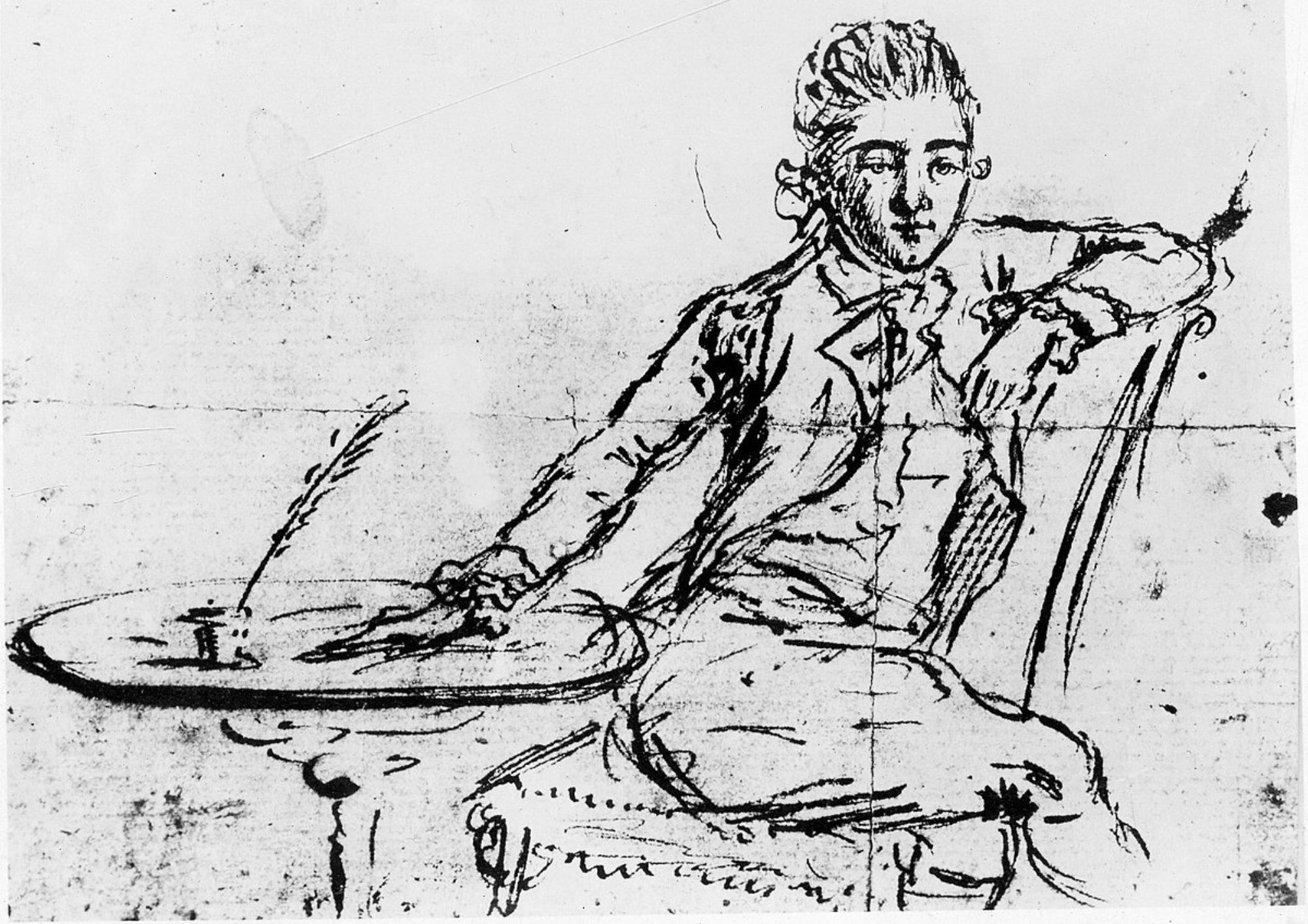”A libertine is one devoid of most moral principles, a sense of responsibility, or sexual restraints, which are seen as unnecessary or undesirable, especially one who ignores or even spurns accepted morals and forms of behaviour sanctified by the larger society. Libertinism is described as an extreme form of hedonism.[ Libertines put value on physical pleasures, meaning those experienced through the senses. As a philosophy, libertinism gained new-found adherents in the 17th, 18th, and 19th centuries, particularly in France and Great Britain. ” – Wikipedia
The Libertine tendencies in French and British society largely died out with the series of societal upheavals that happened at the end of the 18th century. With the French revolution, the excess and extreme lifestyles of the nobility largely disappeared overnight on the continent. In some places it happened because the nobles were no longer in power, in others it was due to a fear of similar revolutions spreading to their area.
However, in England, despite the deteriorating finances of the kingdom led by the mad king George, many noble families still clung to enormous wealth and privilege. The Napoleon wars have not yet torn Europe apart, the strict behavior codes of the Regency era are not yet in place. Change is on its way, but it is not here yet. Libertines tells the story of a few of these old, privileged individuals who are still living life as if it was twenty years earlier. A last feast, a last attempt at scoffing at society’s expectations and using all their privilege and power to try to find ways to be able to do the only thing that the Libertines found valuable – do exactly whatever you wished to do, without care for morality or norms.
Some of these Libertines even dress in old fashioned styles and use makeup just as if it was still the time before the French Revolution. Others dress at the height of fashion and the latest trends.

Historically Inspired
The larp is set in 1795 and is historically inspired. What this means is that we do not aim for strict historical accuracy but rather for the feel of the time period in question. This is particularly important when it comes to costumes. We allow any clothing styles from late 18th century (1780) and up to 1820. This means that the costumes can include Regency-larp costumes as well as those from the years when the larp is taking place. There will be more information about this in our costume guide which will be released later on.
Gender norms
Libertines will use historically inspired gender roles, and just like above, we will take some creative freedom in designing these. Even if the world outside the manor conforms to gender as it was understood and treated in 1795, some of the characters will be breaking these restrictions and be more free-spirited or nonconforming than society at large. This is particularly true for the gentry who are privileged enough in this closed setting that some of them will take liberties that stretch beyond their normative confines.
Sexuality
There will be characters of a diverse set of sexualities present at Libertines. In 1795, sexual identity as such was not a concept – sexuality was something you did, not something you were as an individual or as an identity. That means that judging someone over their sexuality was not really a thing. There are acts that are frowned upon, but they will not be very relevant at the larp except as part of some backgrounds.
In the larp, individuals of a diverse set of sexualities (As we perceive them today) will be present. The gentry who are hosting the party care little for who or what you are attracted to once the facades have fallen and the party has escalated beyond polite society’s regular norms.
However, the couples that are formal couples at the larp will all be characters that are read as one man and one woman, since they are normative couples in the historical setting. That does not mean that they are of that romantic or sexual orientation.
